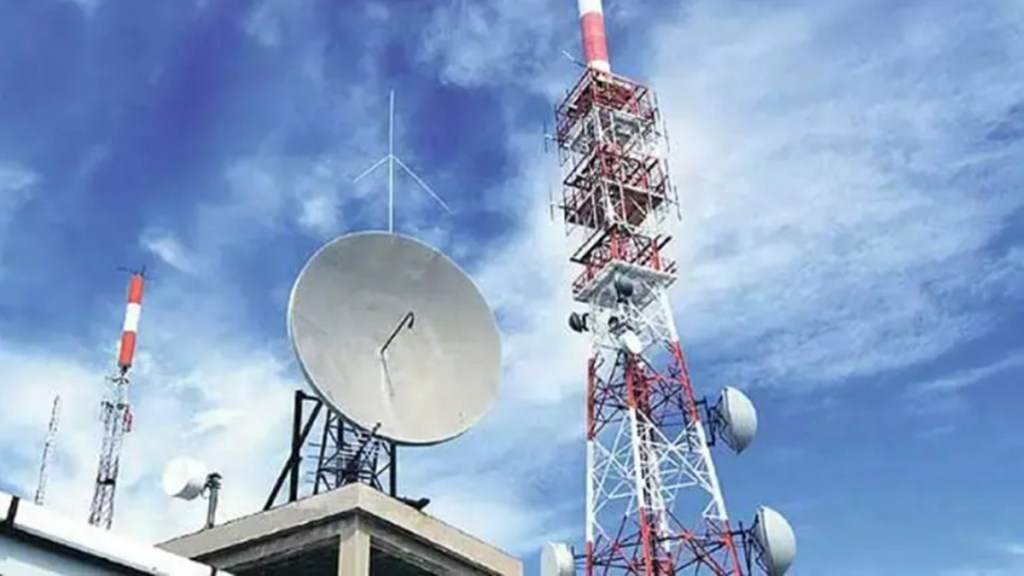Marketing, sales and customer acquisition cost for telecom service providers is on the rise with competition to retain subscribers intensifying as well as launch of 5G services.
This comes at a time when the industry is witnessing not a very robust growth in revenues and average revenue per user (Arpu), largely due to absence of tariff hikes.
Further, owing to inflation, subscribers are also cutting down their second SIM cards to curtail spending.
Also read: Suraksha’s bid for Jaypee Infratech gets NCLT approval
“We are concerned on the increase in sales cost and sales and distribution costs that we have seen, and one of the things that we have now looked at in the company is to relaunch our war on waste programme and relook at every cost item,” said Gopal Vittal, managing director and chief executive officer at Bharti Airtel, during the earnings call with analysts.
“We need more science to tap into lower cost channels and we are looking at how do we do that across the company,” Vittal added.
For Bharti Airtel, the sales and marketing expenses from revenue rose to 5.3% in the October-December quarter from 4.8% in the April-June quarter. In FY22, Airtel’s marketing spends were around 4.0-4.9% of the revenues.
Similarly, for Reliance Jio, the marketing spends from revenue rose to 2.2% in the October-December quarter, from 1.7% in the April-June quarter.
Interestingly, for Vodafone Idea the cost of marketing, content, customer acquisition, and service costs have been increasing for quite some time now. In the current financial year, the spends have increased to 12.1% in the December quarter, from 9.5% in the June quarter.
“We continue to make those efforts but what we have started analysing at our end is that which are the loss-making subscribers or if there is a channel which is largely contributing a poor quality of subscribers. We have started making interventions to see that if it is possible to identify ab initio where you know that a particular source of acquisition or a particular subscriber is going to be a loss-making subscriber how can we eliminate the loss on that kind of acquisition,” said Akshaya Moondra, chief executive officer of Vodafone Idea.
Also read: Govt starts process to delist MTNL for merger with BSNL
“I’m hopeful that everybody will take these kind of actions because ultimately it is a loss to the industry, especially at a time when everybody is not doing well financially. I mean they may be different in some level but today nobody is covering their cost of capital and in that situation to just throw away money for this rotational churn doesn’t make sense,” Moondra added.
If the last three quarter’s performance is taken into account, in the absence of tariff hikes and lesser addition of subscribers, Reliance Jio’s revenues and average revenue per user is growing at a slower pace.
In the October-December quarter, Jio Platforms’ (which houses Reliance Jio) revenue from operations rose 2.5% quarter-on-quarter to Rs 24,892 crore, compared to a 3.4% growth in the July-September quarter, 5.4% growth in the April-June quarter, and 8.1% growth in the January-March quarter last year. Bulk of the revenues of Jio Platforms comes from its telecom services arm, Reliance Jio.
On the other hand, Vodafone Idea’s revenue growth has been flattish in the current financial year so far, as the company has been losing subscribers largely due to weak network spends compared to its peers, analysts said.
Further, on account of customer acquisition costs and higher network expenses, Vodafone Idea’s Ebitda for the December quarter fell to Rs 2,000 crore from Rs 2,120 crore in the April-June quarter.
“There is an increased pressure on companies to retain their subscribers numbers at a time when more and more users are giving up additional SIM cards owing to inflation. This would inevitably increase costs of both, retaining and adding subscribers, said Mahesh Uppal, director at ComFirst (India), a telecom policy consulting organisation.
According to BNP Paribas, while industry revenue growth in 2022 was led primarily by Arpu, the subscriber base was largely stagnant.
“Chip shortages and currency depreciation resulted in higher smartphone prices. This, coupled with a higher price for services, weighed on new customer additions for the industry,” said Kunal Vora, head of India equity research at BNP Paribas, in a report.


